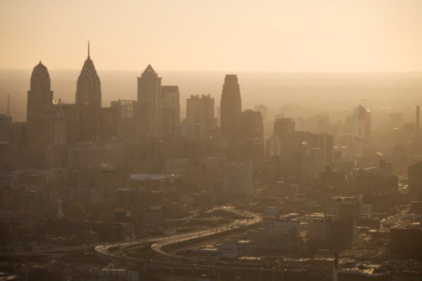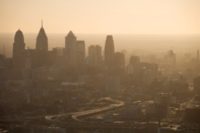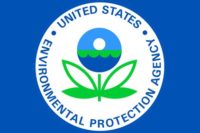Health experts urge EPA to adopt tough air quality standard

 With the public comment period closing this week for the proposed Ozone National Ambient Air Quality Standard, nearly 1,100 health and medical professionals from all 50 states and the District of Columbia joined together in a letter urging the EPA to adopt the most protective standard under consideration - 60 parts per billion (ppb).
With the public comment period closing this week for the proposed Ozone National Ambient Air Quality Standard, nearly 1,100 health and medical professionals from all 50 states and the District of Columbia joined together in a letter urging the EPA to adopt the most protective standard under consideration - 60 parts per billion (ppb).
“The science is clear. A more protective standard is needed to protect the health of millions of Americans breathing polluted air every day,” said Harold P. Wimmer, National President and CEO of the American Lung Association. “The support we’ve seen from the health and medical community nationwide reinforces the urgent need for a stronger ozone standard.”
“The Clean Air Act requires EPA to set the ozone standard at a level that protects public health, based on the scientific evidence. A standard of 60 ppb will offer the greatest protection for vulnerable populations and help us achieve the promise of the Clean Air Act."
The effects of air pollution
The EPA's panel of expert science advisors, the Clean Air Scientific Advisory Committee, reviewed the scientific evidence and unanimously concluded that EPA needs to strengthen the standard. A standard that follows the scientific evidence will protect those most vulnerable to the effects of air pollution, including children, seniors and people with asthma and other chronic lung diseases. According to EPA, a standard of 60 ppb would prevent up to 7,900 premature deaths and 1.8 million childhood asthma attacks in 2025 alone.
Days to stay indoors
"I rely on the air quality index to let me know when the smog level is over the limit and I should stay indoors," said letter signer, Beckie Geary, a registered nurse from North Carolina who signed the letter. "Right now that limit is out of date. There can be days when it's not safe for me to go outside and I might not even know it. We have the right to know what's in our air. That's why I am calling on the EPA to set a new limit on ozone that truly protects our health."
Geary knows from personal experience the challenges of lung disease: she not only has asthma but is also a lung cancer survivor. With only one healthy lung remaining, Geary knows clean air is critical to her quality of life, and traveled to the EPA’s public hearing in Washington, D.C., in January to deliver that message.
“For far too long, millions of Americans have been living with a weak and outdated standard,” said Georges Benjamin, MD, Executive Director of the American Public Health Association. “As physicians, nurses, respiratory therapists and other public health professionals stated clearly in our letter to Administrator Gina McCarthy, EPA must adopt the strongest standard to protect the American people from the real dangers of ozone pollution no later than October 1, 2015."
Industry reaction
Depending on the particulars of the final standard that is adopted, business interests fear that this could well be the most costly federal environmental rule ever adopted. Additionally, Business Roundtable says compliance increasingly would depend on technologies that have not yet been developed.
The American Farm Bureau Federation says the proposed revisions, which will tighten primary (health-based) and secondary (welfare-based) standards, "will impose real and significant costs while providing uncertain and unverified benefits." The organization says it is concerned about "the difficulty regulating volatile organic compounds (VOCs), nitrogen oxides (NOx), and other potential ozone precursors from agriculture and the chilling effect of these standards on the economy as a whole."
Looking for a reprint of this article?
From high-res PDFs to custom plaques, order your copy today!






.jpg?t=1721257160)

